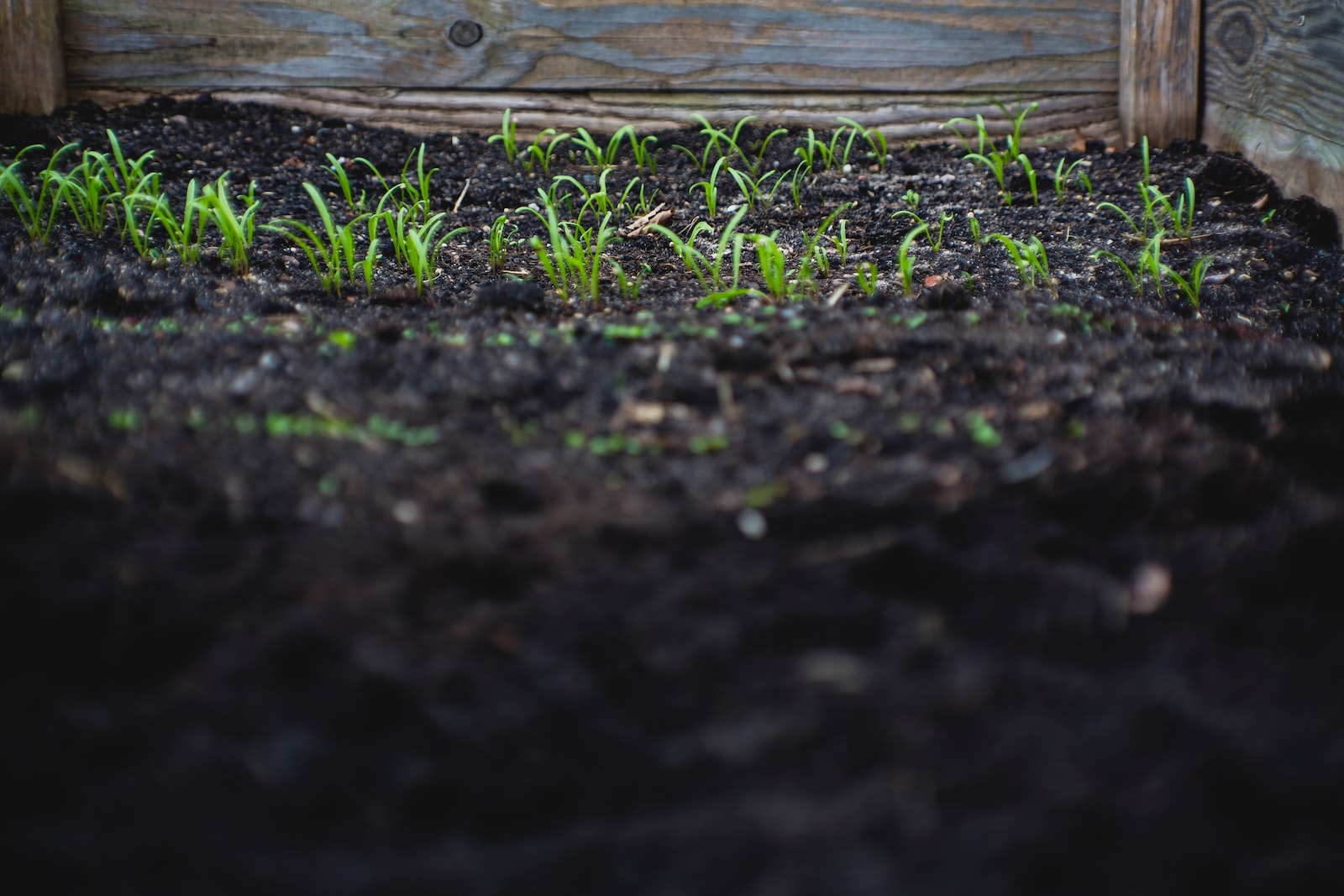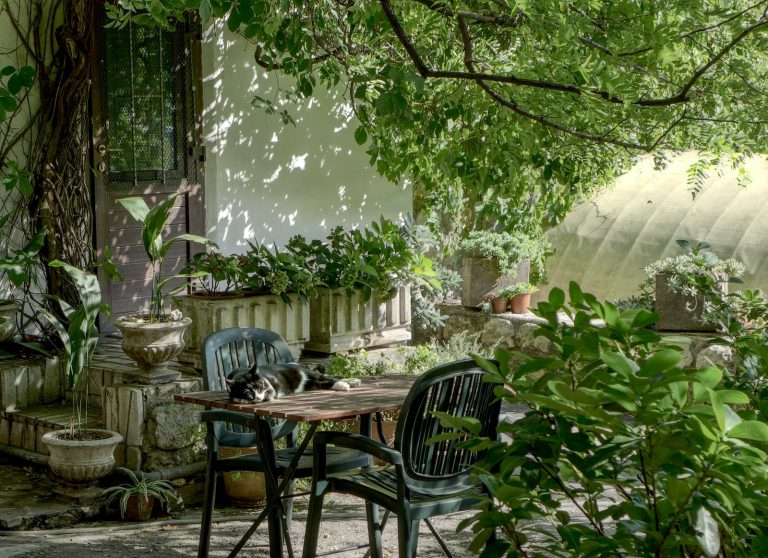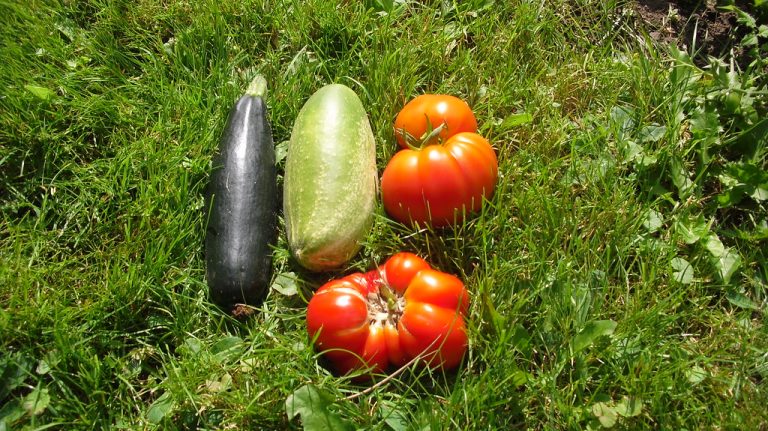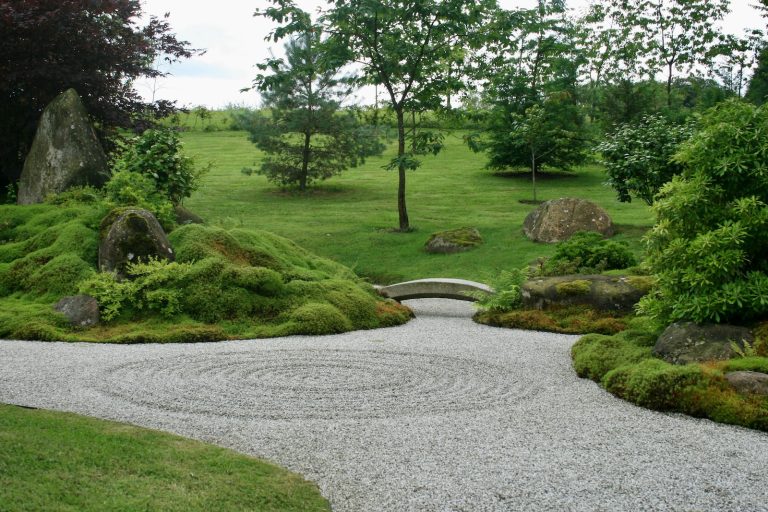How to Build a Raised Garden Bed in Your Backyard

Are you looking to start a garden but don’t have much space? Why not consider building a raised garden bed in your backyard! Raised garden beds are great for growing vegetables, flowers, and herbs in smaller areas. Plus, they can add an eye-catching element to your yard. Not sure where to start? This guide will show you how easy it is to build your own raised garden bed and get started on the path towards fresh produce all season long!
Overview
It’s official, spring is here! And that means it’s time to start thinking about your gardening plans for the year. If you’re looking to add a raised garden bed to your backyard, this guide will show you how to do it in 10 easy steps.
A raised garden bed is a perfect way to add some extra gardening space to your yard. They’re great for small spaces, or if you want to keep your plants away from pesky critters. Plus, they’re super easy to build! All you need is some basic carpentry skills and a few tools.
Here’s what you’ll need to build your own raised garden bed:
- 4x4s or 6x6s (8 feet long)
- 2x4s or 2x6s (8 feet long)
- Drill
- Circular saw
- Hammer
- Nails
- Landscaping fabric
- Soil
- Plants!
Benefits of Raised Garden Beds
If you’re looking for a gardening solution that is both efficient and effective, raised garden beds are the way to go. Raised garden beds are ideal for small spaces, as they allow you to make the most of your available space. They also offer a number of other benefits, including:
- Improved drainage: Raised Garden beds promote better drainage than traditional in-ground gardens. This is due to the fact that raised beds typically have good drainage systems in place, and the soil is less compacted than it would be in an in-ground garden.
- Better airflow: The improved airflow around raised garden beds helps to discourage pests and diseases from taking hold.
- Greater root growth: The deep, loose soils of raised garden beds encourage strong root growth, leading to healthier plants.
- Easier maintenance: Raised Garden beds are easier to keep tidy and free of weeds than traditional gardens.
If you’re looking for a gardening solution that offers all of these benefits and more, raised garden beds are the way to go.
Materials Needed and Recommended Size
In order to build a raised garden bed, you will need the following materials:
- 4 wooden boards (each at least 8 feet long and 6 inches wide)
- 16 screws (3 inches long)
- 1 hammer
- 1 drill
- Soil
- Seeds or plants
The recommended size for a raised garden bed is 8 feet by 4 feet. However, you can adjust the size of your garden bed depending on the amount of space you have in your backyard and how many plants you want to grow.
Where to Place the Garden Bed
When deciding where to place your raised garden bed, there are a few things you’ll want to keep in mind. First, you’ll want to choose a spot that gets plenty of sunlight. Garden beds need at least 6 hours of direct sunlight per day in order to produce healthy plants.
You’ll also want to make sure the spot you choose is level. This will help ensure your plants have adequate drainage and don’t become waterlogged. If your yard has a bit of a slope, you can always build up one end of the garden bed with some extra soil or create a berm (a small mound) to level it out.
Finally, you’ll want to consider accessibility. You’ll need to be able to reach all parts of the bed easily for planting, weeding, and harvesting. If you have limited mobility, you may want to place your garden bed closer to your house, so you don’t have as far to walk.
Keep these factors in mind when choosing the perfect spot for your raised garden bed and you’ll be on your way to a bountiful harvest!
Building Steps
Building a raised garden bed is a great way to add some extra gardening space to your backyard. But before you start construction, there are a few things you need to do to prepare the site and plan the layout.
First, you need to choose a spot for your garden bed. It should be in an area that gets plenty of sun and has good drainage. Once you’ve selected the perfect spot, it’s time to prep the soil.
Remove any weeds or grass from the area and loosen the soil with a spade or rake. If you have heavy clay soil, you may want to consider amending it with some compost or other organic matter.
Now it’s time to start constructing your frames. There are a variety of different materials you can use for this, but we recommend using rot-resistant lumber like cedar or redwood. Cut the lumber to size and assemble the frames using nails or screws.
If you’re adding legs to your raised bed frame, make sure they’re securely attached before moving on to the next step. Now it’s time to fill your frame with soil. You can use a mix of topsoil and compost for this. Once the bed is filled, water it well and allow it to settle for a few days before planting anything.
Planting Tips and Advice
There are a few things to keep in mind when planting a raised garden bed. First, make sure the bed is level so that your plants have an even surface to grow on. Second, choose the right plants for your climate and soil type. Third, water your plants regularly and fertilize them as needed.
When it comes to choosing plants, annuals and perennials are generally a good bet for raised beds. Consider what you’d like to grow and then do some research on which plants will do best in your particular climate and soil type. Once you’ve chosen your plants, it’s time to get them in the ground!
To plant, simply dig a hole slightly larger than the root ball of your plant and then place it in the hole. Gently backfill the hole with soil and water well. Be sure to keep an eye on your plants and water them regularly, especially during hot summer months. If you want to give your plants a boost, consider adding some compost or manure to the bed before planting.
Maintenance and Care Guide
Building a raised garden bed is a great way to add some extra gardening space to your backyard. But once you have your raised garden bed built, you need to take care of it so that it lasts for years to come. Here are a few tips for maintaining and caring for your raised garden bed:
- Water your raised garden bed regularly, especially during dry periods.
- Add compost or organic matter to your soil each year to help keep it healthy.
- Pull weeds from your garden bed as soon as they appear.
- Inspect your raised garden bed regularly for signs of pests or disease.
Conclusion
Building a raised garden bed in your backyard can be an incredibly rewarding endeavor. Not only is it great for gardening, but it also provides you with the opportunity to bring new life and beauty into your outdoor space. With just a few simple steps, you can construct your own garden bed quickly and easily.
All that’s required of you is patience and willingness to work in the outdoors! So go ahead – enjoy the fresh air and sunshine while designing a stunning raised garden bed perfect for any occasion.

Emma is a talented writer and enthusiastic gardener who shares her passion for plants and gardening on HomeGardenBlog.com. With years of experience in home gardening, Emma has become an expert in everything from planting and harvesting to pest control and soil management.






